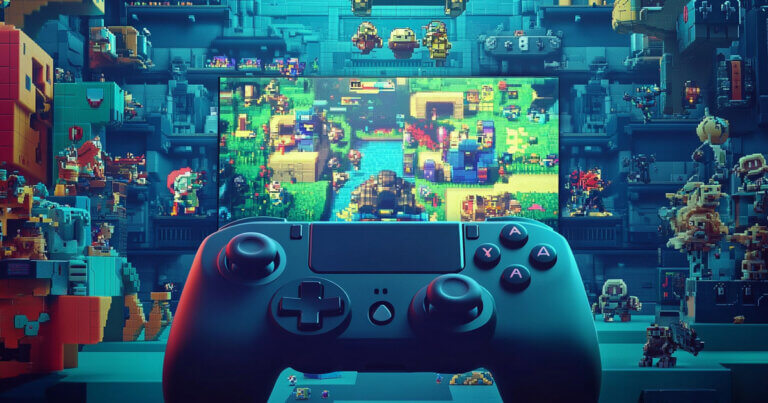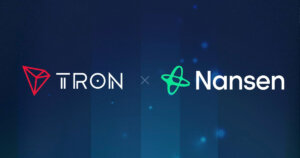 GameFi set to leap to $301 billion by 2030 with real-world rewards – Nansen
GameFi set to leap to $301 billion by 2030 with real-world rewards – Nansen GameFi set to leap to $301 billion by 2030 with real-world rewards – Nansen
The proposition of true ownership of assets through tokens is a key driver for the GameFi ecosystem expansion, a report by Nansen pointed out.

Cover art/illustration via CryptoSlate. Image includes combined content which may include AI-generated content.
The blockchain gaming (GameFi) ecosystem is entering a pivotal phase of growth and is expected to hit a market cap of $301.5 billion by 2030, according to a recent report by blockchain analytics firm Nansen.
The report said that growth will be driven by the decentralized ownership of in-game assets like fungible and non-fungible tokens (NFT). It added that implementing tokens offers real-world value and financial incentives that traditional gaming platforms cannot match.
As a result, Nansen estimates the sector will experience a compound annual growth rate (CAGR) of 68% over the next six years.
The report noted that, despite the broader crypto market’s volatility, the GameFi sector showed resilience in August 2024, with daily active wallets rising by 8.94%.
Blockchain infrastructure improvements — such as increased transaction capacity, lower gas fees, and better scalability — are helping GameFi projects thrive.
Moreover, leading blockchain networks like opBNB, Ronin, and Immutable are gaining attention due to their balance of speed, cost-effectiveness, and scalability, which are attracting developers and gamers alike.
True ownership
GameFi’s unique value proposition, where players have true ownership of in-game assets, is revolutionizing the gaming landscape. This decentralized structure contrasts with traditional gaming ecosystems, where the value of in-game achievements remains locked within the platform.
Role-playing games (RPGs) are particularly well-suited to the decentralized model, as they allow players to own and trade rare in-game items as NFTs. RPGs currently account for 22% of all web3 games, making them the most popular genre in the space, followed by action games at 17%.
The GameFi sector is also witnessing a rise in high-quality titles, labeled as AAA games, which boast high production value and immersive gameplay.
Although AAA titles account for just 1% of Web3 games today, they are outpacing their traditional Web2 counterparts in growth, signaling a shift in investment toward blockchain-based gaming.
Notably, GameFi is the crypto sector with the fourth-largest amount raised from venture capital funds, with over $651 million directed at this industry, according to Rootdata numbers.
Importance of community
Nansen’s report highlighted games like Illuvium, Axie Infinity, and Seraph as prime examples of Web3 gaming innovation. These games combine high-quality gameplay with decentralized economic systems, offering players real-world financial rewards.
The report added that Axie Infinity popularized the ‘play-to-earn’ model, allowing users to generate income through gameplay. Illuvium and Seraph stand out for their visually immersive environments and robust NFT economies.
The success of these games is driven by their in-game economies. Axie Infinity uses a dual-token system — Smooth Love Potion (SLP) for gameplay rewards and Axie Infinity Shards (AXS) for governance — while Illuvium and Seraph integrate NFTs to enhance gameplay and player engagement.
In addition to gameplay, the report pointed out that social engagement plays a crucial role in Web3 gaming success. Platforms like X, Discord, and Telegram are essential tools for building and maintaining active communities.
Axie Infinity and Seraph lead the pack with strong community engagement, evidenced by their large followings and rapid growth across social platforms.



 Farside Investors
Farside Investors 


 CoinGlass
CoinGlass 









































































































